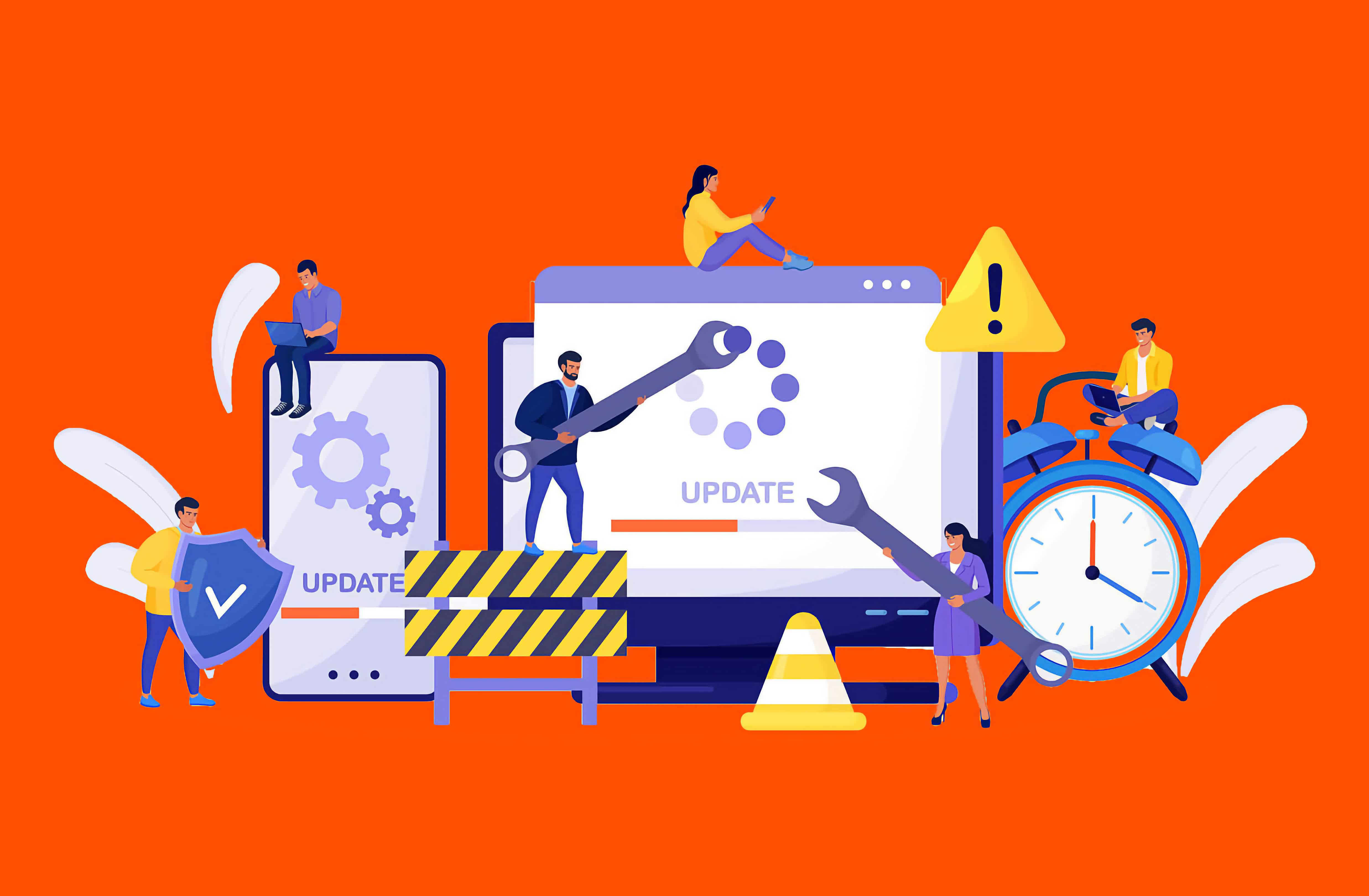Failover vs. Failback: Two Disaster Recovery Methods
A key distinction in the realm of disaster recovery is 关键字1the one between failover and failback. Both terms describe two sides of the same coin, complementary processes that are often brought together. However, their effects and purposes couldn't be more different. Both play critical roles in ensuring business continuity and disaster recovery, making it essential to understand what they are and how they differ. Failover is a business continuity operation that ensures continued access to a system by fully transitioning to another instance of that system. This secondary system is designed to be resilient, ideally unaffected by the event that compromised the primary system. Put simply, failover occurs when connectivity is switched from one system instance to another. This can happen in various ways, including: Editor's Note: The critical point about failover is that it involves a complete migration of logical or physical access from the primary system, server, or hosting location to a secondary one. While other processes, such as load balancing, may distribute partial connectivity between system instances or components, they do not qualify as failover because they do not represent a full cutover. Failback is the quintessential disaster recovery operation. It involves a full migration back to the production status quo – a recovery if you will – at the validated conclusion of a disaster. Failback occurs when a system reverts back to the primary environment after the root cause of a disruption has been addressed. In practice, this looks like a failover, but in reverse. Once the primary system is restored, access is pointed to that system, and the standby is deactivated. This reversion is a critical distinction. Some organizations may have complete standby systems for critical applications, which permit full operations on the standby system. In that case, the standby can rightfully be considered the primary and the repaired former primary the new standby. Failover is critical in a business continuity event because it keeps operations running. By having a system to which your business can transition when a primary system is unavailable, you're able to continue doing business. People can work, revenue streams are preserved, and customers can be served. Without failover, these functions could grind to a halt, leading to significant disruption. Many organizations depend on technology for critical processes, and when those processes are unavailable, analog alternatives may be insufficient or entirely obsolete. Failover ensures that even in a disaster, the business keeps moving. Failback comes into play once the need for failover ends. As the disaster is resolved, failback allows the organization to return to normal operations. Typically, failback is necessary when the standby system cannot sustain operations as effectively as the primary system. For instance, a standby system may not be a full replica of the primary system and might be designed only for temporary use during an emergency. For mission-critical systems, some organizations may build a standby system that is a full replica of the primary. While costly, this approach mitigates the risks of diminished functionality during disasters. In an ideal world, every business would maintain two fully operational environments: a primary environment and an identical standby environment. This setup would allow for seamless transitions during disasters, ensuring that business operations are completely unaffected. However, that model can effectively double an IT budget: two sets of endpoints, two sets of servers, two sets of cloud environments, two sets of data, staff to support that both in IT and business operations, etc. It's costly and inefficient for any company, to the point where no company truly maintains that support model. Instead, most organizations opt for a failover and failback model because it balances cost and efficiency. With this approach, the standby environment is designed to sustain critical operations during a disaster, even if it's not as robust as the primary system. This makes it more economical, less work is duplicated, and the risk of data loss or impact is lower. It's crucial to maintain a well-designed secondary environment. Cutting costs too deeply on a standby system can result in inefficiencies or financial losses if critical operations are disrupted. Striking the right balance between cost and functionality is key. If uninterrupted business operations are essential, then a strategic failover and failback plan is not optional – it's a necessity.What is Failover?

This guest blog post was written by the staff at Pure Storage, an US-based publicly traded tech company dedicated to enterprise all-flash data storage solutions. Pure Storage keeps a very active blog, this is one of their "Purely Educational" posts that we are reprinting here with their permission.What is Failback?

The Role of Failover and Failback in Disaster Recovery

The Benefits of Leveraging Both Failover and Failback

- 最近发表
- 随机阅读
-
- 道士实力不是最强但胜在轻易
- 原神5.2直播兑换码是什么 原神5.2版本前瞻直播礼包码合集
- Germany vs. France 2025 livestream: Watch UEFA Nations League for free
- 专家:马刺有关杜兰特的交易或已达成 只是还未宣布
- ‘เก๋ไก๋ สไลเดอร์’โพสต์ IG หลังสูญเสียคุณพ่อเป็นรูปอิโมจิหัวใจสีดำ
- 会计学专业开题报告范文
- Phạm nhân nguy hiểm trốn Trại giam Yên Hạ
- TP.HCM: 4 bệnh nhân tử vong tại bệnh viện ở Bình Thạnh, công an tìm thân nhân
- 智能垃圾分类设备来了
- 数学课题开题报告常用(13篇)
- 仙境传说重生附魔机制及转化规则介绍
- 《武玮先生有一串珊瑚》(武玮演唱)的文本歌词及LRC歌词
- 这一波“小鬼”王琳凯巴黎街拍 吹爆国货尔克奇弹
- 专家:马刺有关杜兰特的交易或已达成 只是还未宣布
- 偷偷给心里遗憾过那个人留的一句话 看完瞬间破防的文案
- 伊藤健太郎被曝与吉田凜音热恋 被拍到一起约会
- 电视剧《长安的荔枝》热播,雷佳音喊你吃广东荔枝
- 不肝不氪也能轻松赚到元宝?这款绿色回合游戏,自由买卖真舒服!
- Phạm nhân nguy hiểm trốn Trại giam Yên Hạ
- 湖北马术主力队员于程昊:马术让我坚韧善良 未来选择回馈母校武汉商学院
- 搜索
-
- 友情链接
-